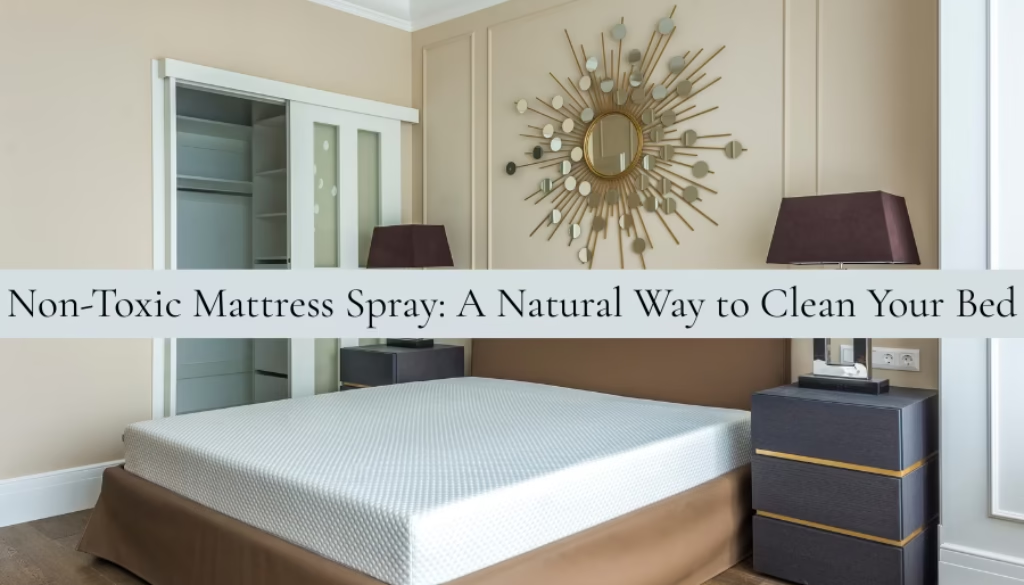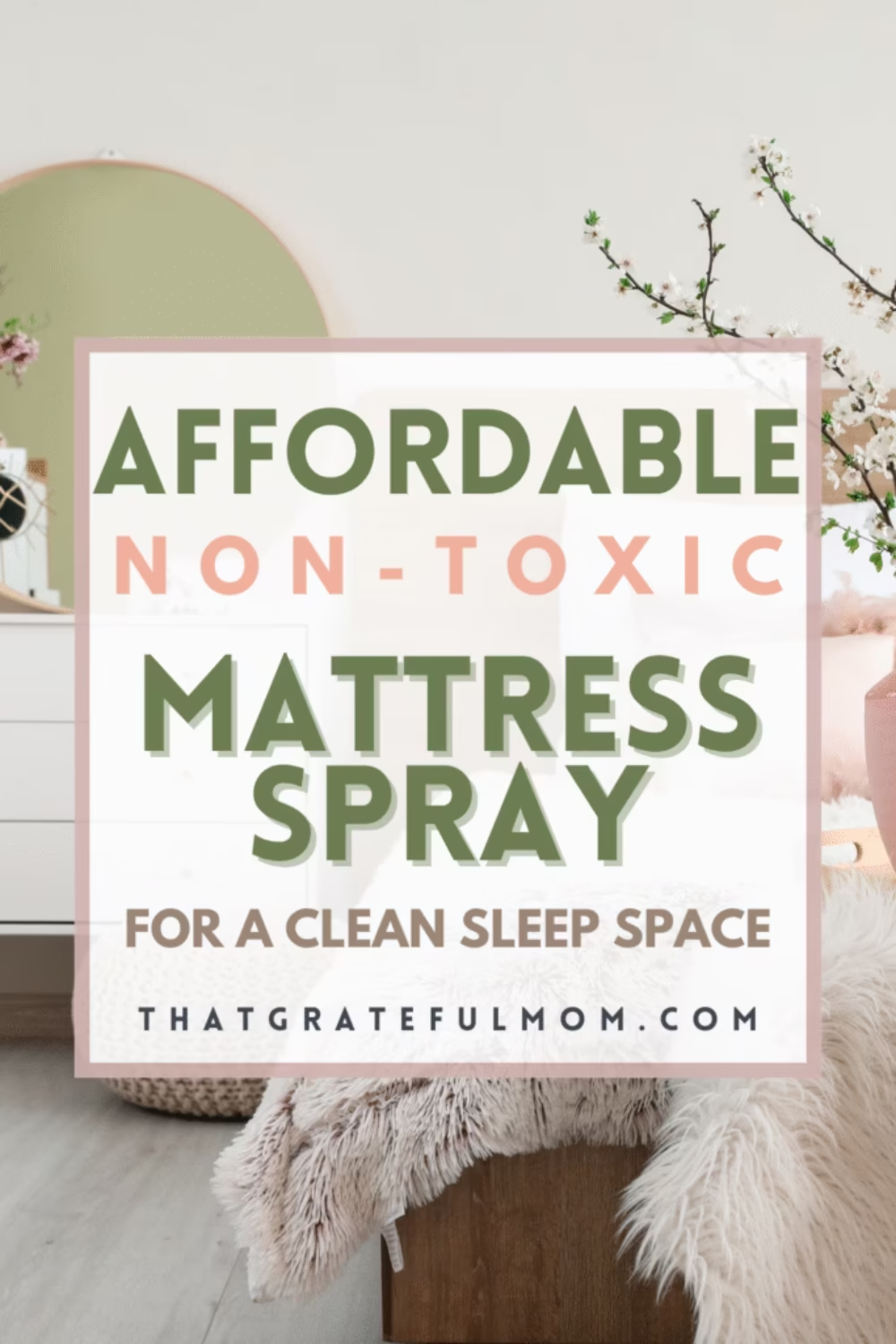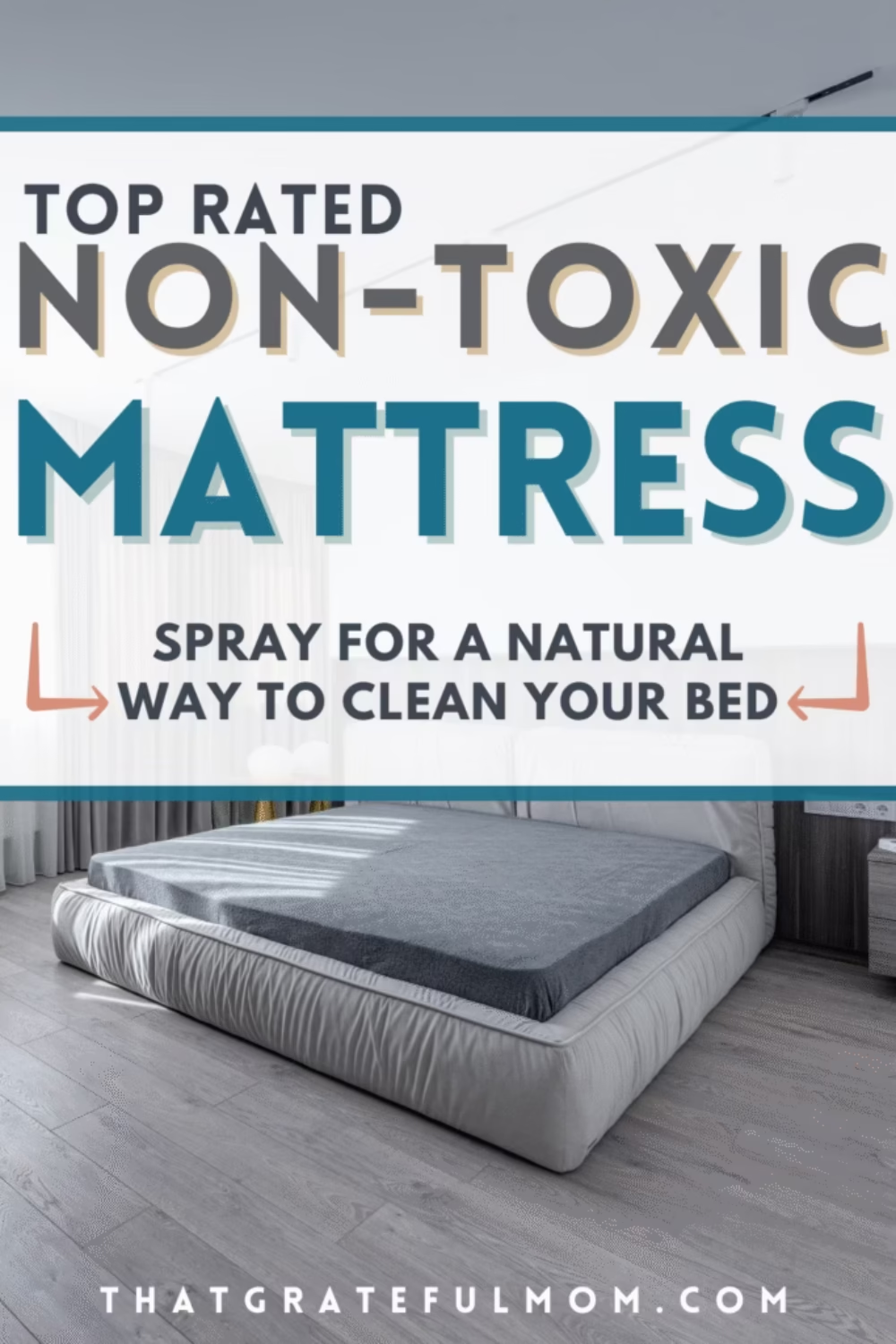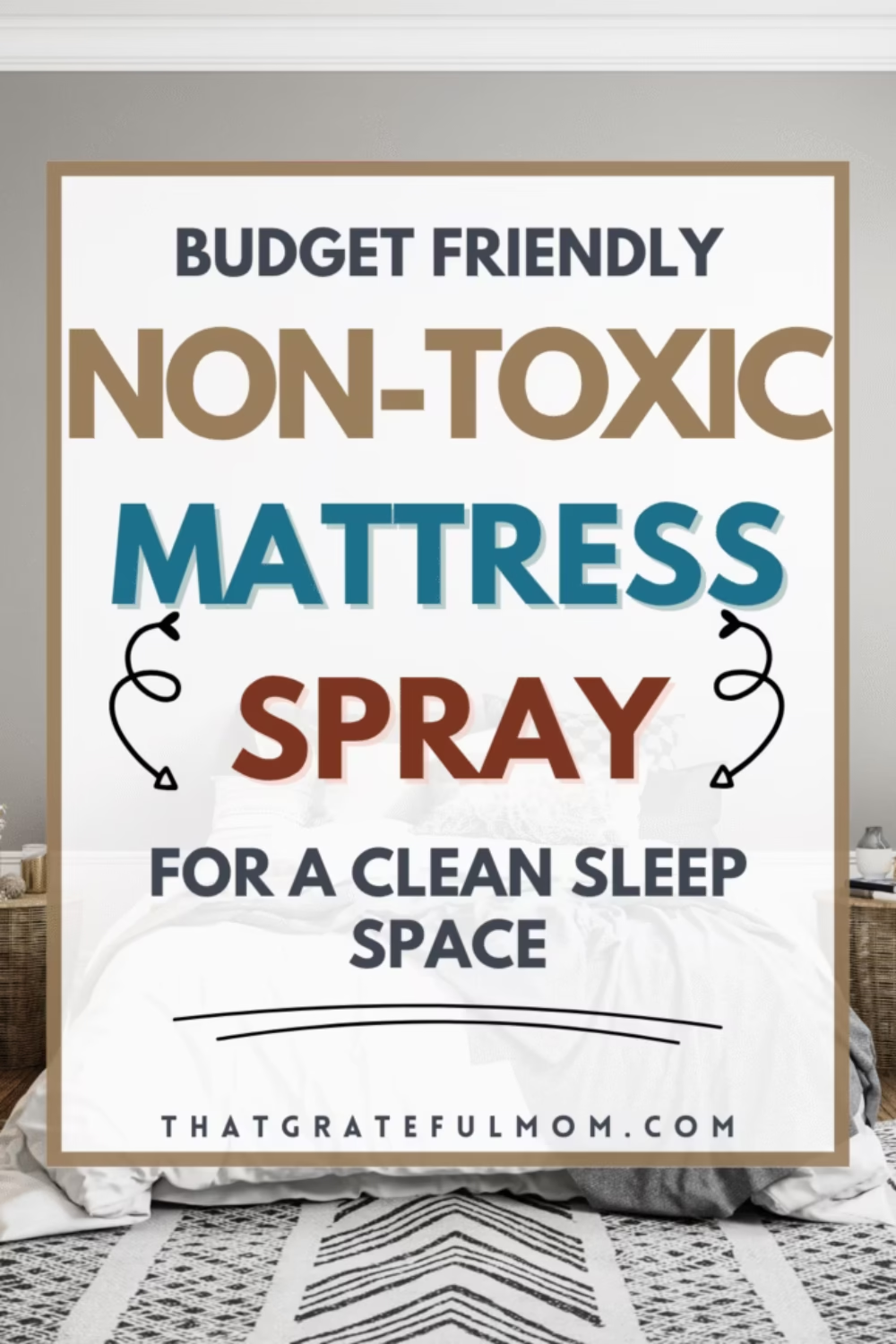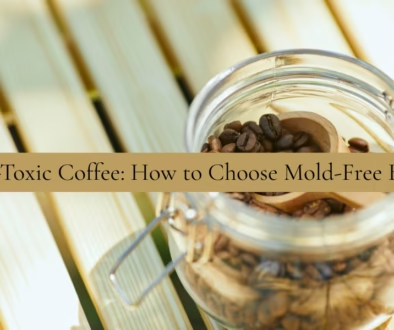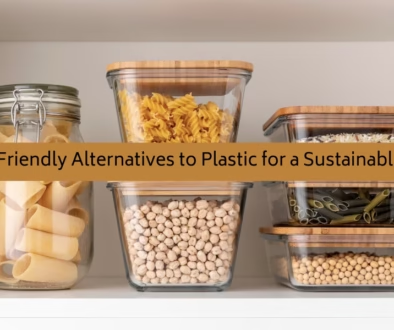Non-Toxic Mattress Spray: A Natural Way to Clean Your Bed
If you’ve ever wondered whether there’s a non-toxic mattress spray that actually works, you’re not alone. I began researching natural methods for cleaning my mattress after learning about the harsh chemicals commonly found in traditional cleaners. I wanted something that wouldn’t give me itchy skin or trigger allergic reactions, especially with kids in the house. The good news is that it’s completely possible to deep clean your mattress using simple, natural ingredients. No toxic chemicals required.
As someone who values a clean living environment and a healthier sleep space, I’ve learned that regular cleaning with natural ingredients makes a noticeable difference in how fresh our bedroom feels. Whether you’re dealing with dust mites, sweat stains, or just want a better night’s sleep, this post will walk you through the best natural mattress spray options, how to make your own, and tips for using it the right way.
Why You Should Use a Non-Toxic Mattress Spray
Mattresses collect more than just sleep. Over time, they accumulate dead skin cells, sweat, allergens, dust mite droppings, and even traces of bacteria or mildew. If you’re not using a mattress protector or keeping up with regular cleaning, your mattress can become a breeding ground for everything you don’t want near your skin or lungs.
What makes this worse is that many store-bought mattress cleaners rely on synthetic materials and harsh chemicals that aren’t safe for everyday use, especially for people with skin irritation, small children, or dust mite allergies. A non-toxic mattress spray offers a safe and effective way to disinfect your bed without exposure to harmful chemicals. You still get a clean mattress, but without the questionable ingredients.
What to Look for in a Natural Mattress Spray
When I choose or make a non-toxic cleaner, I look for formulas that use natural ingredients with disinfecting power, like hydrogen peroxide, white vinegar, tea tree oil, and lavender essential oil. These ingredients not only sanitize but also leave your bed smelling fresh without artificial fragrances.
Here’s what I avoid:
Synthetic fragrances
Chemical preservatives
Disinfectants that require gloves or ventilation
Store-bought sprays that don’t list full ingredients
Instead, I stick with simple ingredients I can pronounce and trust for everyday use. If the product is safe enough to use around babies or pets, it’s usually a good sign.
DIY Natural Mattress Spray Recipe (Safe for Everyday Use!)
Making your own mattress cleaner is easy, affordable, and completely customizable. Here’s my go-to recipe for a quick-drying formula that works for most mattress types, including organic mattresses, memory foam, hybrid beds, and those made from natural latex.
What You Need:
1 cup warm water
½ cup white vinegar
1 tablespoon hydrogen peroxide
10 drops lavender oil (for calming scent and natural disinfectant)
5 drops of tea tree oil (to help deter bed bugs and bacteria)
Optional: 3 drops peppermint oil (natural deodorizer)
1 spray bottle (250 ml or larger)
Instructions:
Pour all the ingredients into your spray bottle.
Shake gently to combine.
Lightly mist the entire surface of your mattress; don’t soak it.
Let it air dry completely with an open window or ceiling fan to speed up the drying process.
This spray is also effective for spot-cleaning sweat stains or small spills. I usually spray during my monthly rotation schedule for bed linens and follow it with a quick vacuum to maintain freshness.
How Often Should You Spray Your Mattress?
For most families, a regular cleaning once per month is enough to keep things in good shape. If someone’s been sick, has allergies, or if you’ve had a spill, it’s a good idea to use your mattress spray more frequently.
Here’s my general routine:
Weekly: Rotate and wash bed sheets, pillow cases, and mattress pad
Monthly: Vacuum mattress and spray with non-toxic cleaner
Seasonally: Deep clean with baking soda and essential oils
As needed: Spot-treat stains or spray for odor control
This kind of regular maintenance supports good health, extends the life of your mattress, and helps create a healthier sleep environment overall.
How to Deep Clean a Mattress Naturally
Sometimes your mattress needs more than a quick spray. If you’ve never done a deep clean or it’s been more than 6 months, here’s the baking soda method I recommend for a more thorough approach:
Strip off all bedding and mattress protectors.
Vacuum the entire surface with an upholstery attachment.
Sprinkle a generous amount of baking soda across the mattress.
Let it sit for at least 1 hour (or up to 4 for odor removal).
Vacuum again, then finish with your homemade spray.
This combo tackles sweat smells, dust mites, and trapped moisture without resorting to store-bought cleaners filled with toxic chemicals.
What About Stains?
For mattress stains, you can use your non-toxic spray with a clean cloth to blot (not rub) the area. For blood stains, add an extra tablespoon of hydrogen peroxide and a pinch of baking soda for better lifting.
Just remember to always test a small corner (like the top right corner of the mattress) first, especially if you’re cleaning natural materials like organic cotton or wool layers.
Are There Any Good Store-Bought Options?
While I prefer homemade, I know not everyone wants to DIY. Some best disinfectant spray options with natural ingredients include:
Branch Basics All-Purpose Spray – safe for mattresses and linens
Attitude Nature+ Disinfectant – plant-based, good for bed bug sprays
Puracy Natural Cleaner – gentle, great for everyday use
Look for labels that highlight natural fibers, organic materials, or synthetic-free formulas. Always avoid anything that includes the word “fragrance” without an ingredient breakdown.
How to Protect Your Mattress Long-Term
Even the best mattresses need protection. Here’s how I maintain mine:
Use a mattress protector made with organic cotton
Rotate it with a monthly rotation schedule
Keep bed linens and the mattress pad clean
Air it out when possible by opening windows
Avoid moisture buildup with breathable materials
This kind of simple maintenance prevents buildup and reduces the need for intense deep cleaning later.
Final Thoughts: A Simple, Natural Way to Clean Your Bed
Making your own non-toxic mattress spray is one of those small home switches that add up to a big difference. It only takes a little bit of time to protect your health, reduce your exposure to harmful chemicals, and keep your sleep space fresh.
Next time you’re doing a deep clean, don’t skip the mattress. With a few drops of essential oils, some warm water, and ingredients from your pantry, you can make a spray that supports both the cleanliness of your mattress and a healthier sleep environment.
This site may contain links to affiliate websites including Amazon. I may receive an affiliate commission for any purchases made by you through Amazon or other potential affiliates and no additional cost to you. Thank you for your support.

